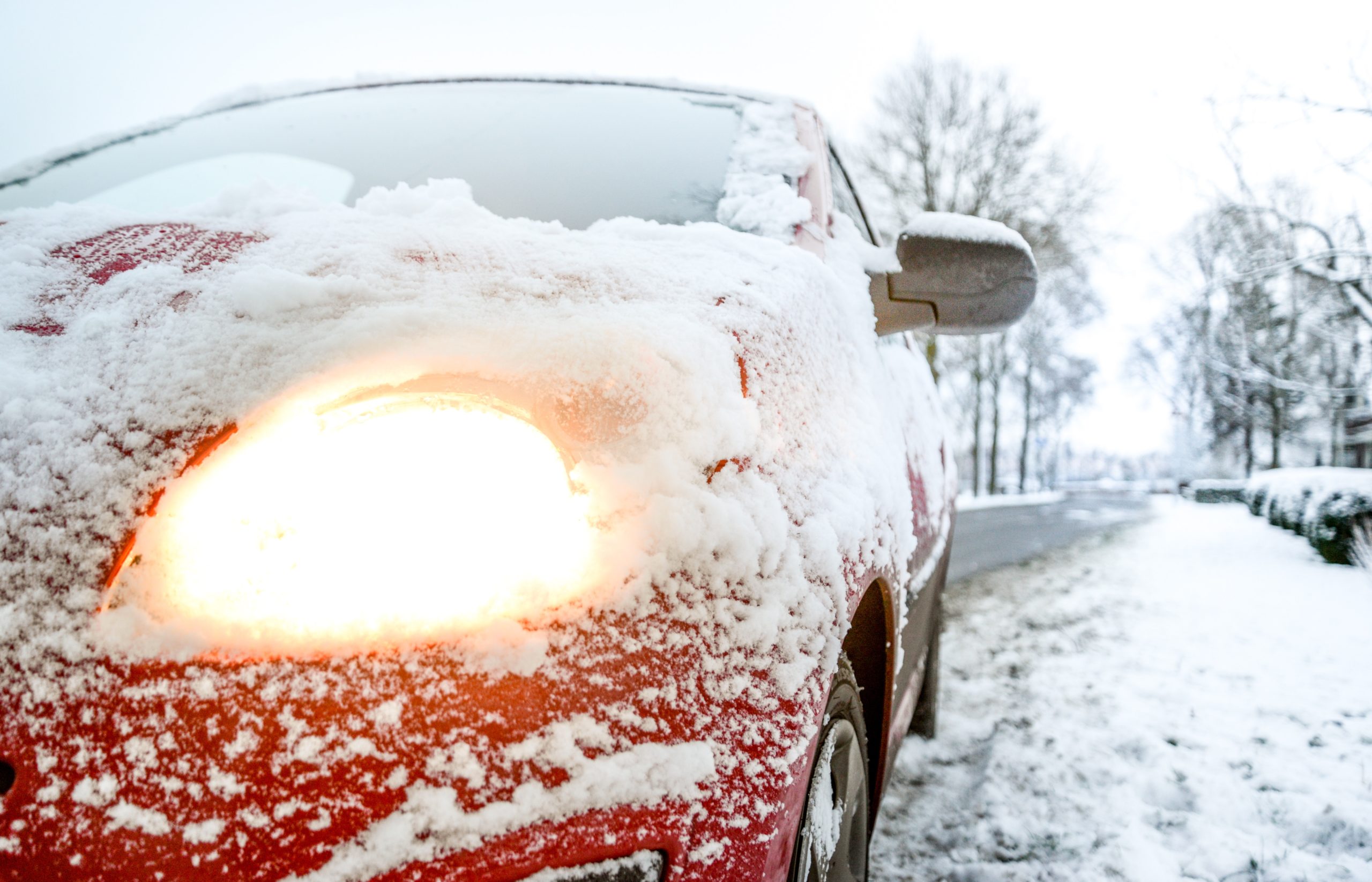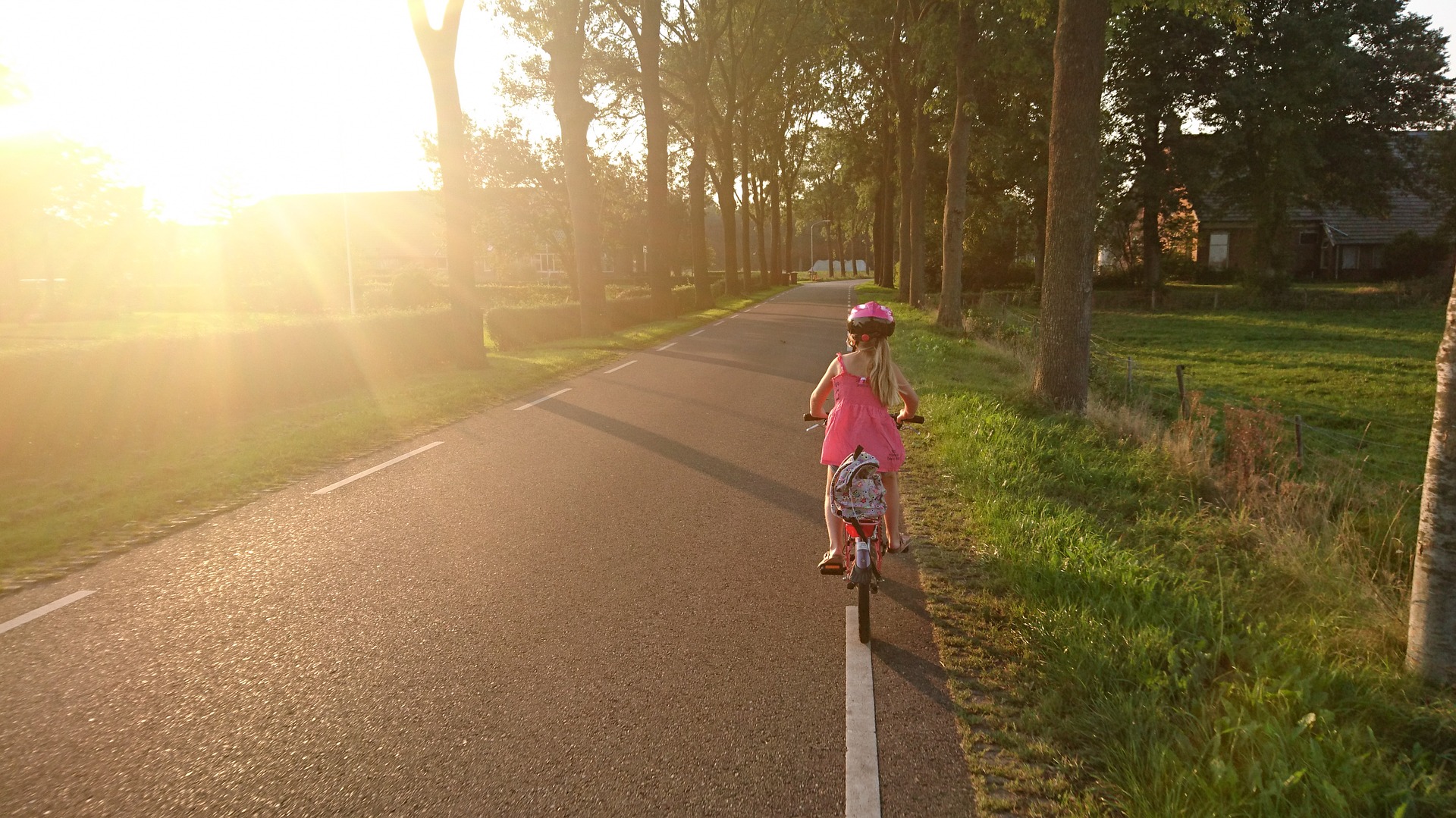Have Fun and Stay Safe this Fourth of July

We all look forward to celebrating the Fourth with family and friends. There’s nothing better than sharing good food and good times with those we love. Burgers and dogs sizzling on the grill and fireworks bursting overhead are a big part of the tradition — but they also pose some risks. In one recent year, 8 folks died and over 12,000 were injured in fireworks related incidents, and, sadly, half of these were children and teens. Of course, about two thirds of these tragedies happen between June 16 and July 16. And direct injuries aren’t the only risk — fireworks start over 18,000 fires a year, including 1300 structure fires and 300 vehicle fires.
Here are a few holiday safety tips to keep you and yours from harm:
Fireworks Safety – for sure, the best course is to follow the National Safety Council’s advice to enjoy fireworks at professional public displays, and not use any fireworks on your own. But, if you do —
- Be sure to obey all state and local laws/ordinances and use approved fireworks.
- Don’t disassemble, modify, or try to make your own fireworks.
- A responsible and sober adult should supervise all firework activities.
- Best to not allow very young children to handle fireworks or sparklers; older children need close supervision.
- When using fireworks, wear safety glasses.
- Only use fireworks outdoors and away from structures and vehicles.
- Only light fireworks on the ground (not in your hand), and in areas that are dry and fire resistant.
- Don’t point fireworks or sparklers at yourself or others, especially when lighting them.
- Best to keep a fire extinguisher and a hose or buckets of water nearby.
- Don’t attempt to ignite multiple fireworks at the same time.
- Never light devices in a container.
- If there are duds, don’t try to re-light them. Dowse and soak malfunctions with water and throw them away.
- Pets and fireworks don’t mix. Don’t take them to displays and, if fireworks are used near your home, keep pets in an interior, safe room sheltered from the noise.
Sparklers – are also dangerous. We tend to think of them as safer and often see young kids at events and along parade routes running around with sparklers in hand. But they are a lot more dangerous than most people think. They burn at 2000°, hot enough to melt some metals. They can quickly ignite clothing. Kids have received severe burns after dropping sparklers on their feet. According to the National Fire Protection Association, sparklers alone account for more than 25% of ER visits for fireworks injuries. And, for children under five, sparklers account for nearly half of the total injuries. Best to consider safer alternatives, such as glow sticks or colored streamers.
Grilling Safety – July is also a peak month for grilling fires and injuries. Enjoy the grub, but keep your loved ones safe:
- Never grill indoors, in the garage, or in any enclosed area. Only grill outdoors, not too close to any structure, and not under porches or overhangs.
- Always have a designated “grill master” to keep children and pets away from flames or a hot grill. A hot grill should never be left unattended.
- Check gas grill hoses for cracks, holes, and leaks before using. Leaks and blocked tubes can be a cause of fires and explosions.
- Don’t add starter fluid once the charcoal has already been ignited.
- Keep a fire extinguisher near at hand.
We hope you all have a safe time celebrating our Independence and making great holiday memories with your family and friends.
Photo by Tim Lindenbaum, father of our mighty Case Manger Sarah Lindenbaum



